Naritasan Shinshoji Temple and Omotesando Road, Chiba, Japan
If you are like most Americans, you have never heard of a place called Chiba. The peninsula bordered by the Pacific Ocean and Tokyo Bay is one of Japan’s forty-seven prefectures (a district similar to a state) in the Kanto region. It borders Tokyo on the eastern coast of Japan.
Chiba is a microcosm of traditional Japan that is easily accessed from Tokyo or the airport. From traditional shops in centuries-old buildings to ancient temples, it’s a place of serenity, excitement, and cultural immersion just outside the bustling city.
Naritasan Shinshoji, one of the most important Buddhist temples in Japan, is a fifteen minute downhill walk from the train station.
This walk along Omotesando (Front) Road goes past little shops and restaurants in 300 year old buildings.
Restaurants often display plastic replicas of the food served inside.
Hostesses in kimonos welcome diners.
Others demonstrate food preparation.
There are local products–peanuts, sweet potatoes, pickled vegetables, bamboo housewares, and little fish simmered in sugar and soy sauce.
Two to three thousand rice crackers are baked daily and flavored with secret-recipe soy sauce at the 3rd generation, 100 year old shop named Hayashida. The crackers are made in several sweet and savory varieties, including those sold on a stick for 100¥ (about $1.25).
We bought buns filled with sweet red bean paste at the well-known Pan-cha-ya Bakery to enjoy later.
We also bought papier mâché dharma dolls with blank eyes for children in the family. Make a wish, color in one eye, keep the doll upright, and when the wish comes true color in the other eye.
We stopped for a traditional lunch at Kikuya (Chrysanthemum House) served by the owner Akiko Ishibashi, and an assistant, both in kimonos. Mrs. Ishibashi and her husband are the 11th generation of their family to run this 270 year-old restaurant. Some records were lost during samurai times, but they have papers showing that the temple granted their ancestors permission to use the royal chrysanthemum emblem in appreciation for honesty.
We removed our shoes, sat by the low table, and were given an oshibori, a small hot wet towel for cleansing hands. The multi-course feast was served in a variety of baskets, covered dishes, and lacquerware boxes.
There was magaru (a seasonal sashimi similar to yellow tail), manmori (avocado and salmon soup), tempura, pork cutlet, salad, sautéed chicken with lotus root and chili, pickled radish and ginger, thick white udon noodles, soba (buckwheat) noodles, and the house specialty, Unagi Donburi, a seasonal and pricey eel from the Tone River, served with their time-honored specialty sauce.
Oishi (delicious)! This set meal costs 4500 ¥(about $55). The eel dish alone is 1600¥, (about $20).
Kikuya’s food was delivered to Steven Spielberg and Tom Cruise’s private jet when they were filming in the area.
The temple and growth of Buddhism
Buddhism came to Japan’s nobility from India in the 6th century by way of China and Korea. Naritasan Shinshoji, a temple originally built in 940 BC, is a place of Esoteric-Shingon or Tantric Buddhism.
For centuries it has attracted followers who pray for prosperity, well-being, and enlightenment. Shakado Hall and the Three Storied Pagoda have been designated national treasures.
The 82’ Three-Storied Pagoda in Chiba’s Narita City dates to 1712. Gochinyorai, the five wisdom Buddhas that include Fudomyoo, are enshrined inside. Jurokurakan, the 16 Buddhist disciples, were carved by Entetsu Shimamura on the wooden walls. The rafters are carved in the cloud and water design.
Although most Japanese do not actively practice a religion, they uphold both Buddhist and the indigenous Shinto traditions. About 10 million people visit the temple annually, buying amulets and seeking fulfillment of wishes.
We arrived outside the temple in time to see the procession of colorfully clad Buddhist monks.
We then began the cleansing rituals required before entering the temple. We inhaled the incense vapors emanating from a steaming pot. It is believed to have healing properties and is part of ritual cleansing.
Our tour guide, Hiromi Sato, showed us how to properly ladle water to cleanse the hands and mouth.
After removing our shoes we were ready to enter for the Goma ceremony.
This mystical rite includes mantra chants, the beating of taiko drums,
and the burning of Goma sticks by the head monk, a divine offering symbolizing the incineration of worldly passions. P1040050, P1040058
Prayers are offered to the enshrined image of Fudomyoo, deity of Immovable Wisdom, a fierce-looking deity with a sword signifying tranquility and release from earthly desires and rope representing the reigning in of enlightenment. It was carved by Koboudaishi, founder of Shingon, under the direction of Emperor Saga.
Ceremonies are open to the public and offered several times a day. The beautiful forty acre Naritasan Park is behind main temple.
We had the good fortune to be there in November for the Shichi-go-san (Seven-Five-Three) Festival when children those ages are dressed in traditional kimonos and brought to the temple for a blessing of health and good growth. The custom dates to times of high child mortality rates.
The girls we met held up fingers indicating their age.
Seven year old Ouka Fukahata wears a kimono for the Shichi-go-san ( Seven-Five-Three) Festival in November at the the Naritasan Shinshoji Temple.
Two brothers made the peace sign, something often done when a photograph is being taken.
We wished for good karma from our shakyo (calligraphy) lesson with a Buddhist monk at the Naritasan Calligraphy Museum. First we cleansed ourselves with incense, bowed three times to the image of Fudomyoo, read the mind-calming sutra, assumed the prescribed hand position, and breathed deeply.
After tracing characters with a special pointed brush, we added our names, home towns, and wishes. We placed our work on the altar facing Fudomyoo and bowed, palms together.
Lessons are available every day from 8am to 3pm.
As we left we passed the temple of Aizen Myoou, the fierce-looking three-eyed love god bearing a bow and arrow.
Outside, ema, little wooden boards inscribed with names of couples seeking blessings for an upcoming marriage, dangled from ribbons. Charms for divine protection from accidents and disasters and amulets for fulfillment of wishes are also offered for a 500¥ ($6.25) donation.
Admission is free. Donations are accepted.
Volunteer guides are well informed and happy to translate the signs from Japanese to English.
Getting around
If traveling throughout Japan, a Japan Rail Pass (from 37,800¥ for 7, 14, or 21 days of unlimited travel on trains, buses and ferries) is a great convenience. It must be purchased in the United States. The JL East pass is less expensive (from 20,000¥ for 5 days or 4 flexible days) and covers a smaller area. For those visiting only the Konto area, JL Konto (8000¥ for 3 days of unlimited travel) is the best option.
Prices are as of November, 2012

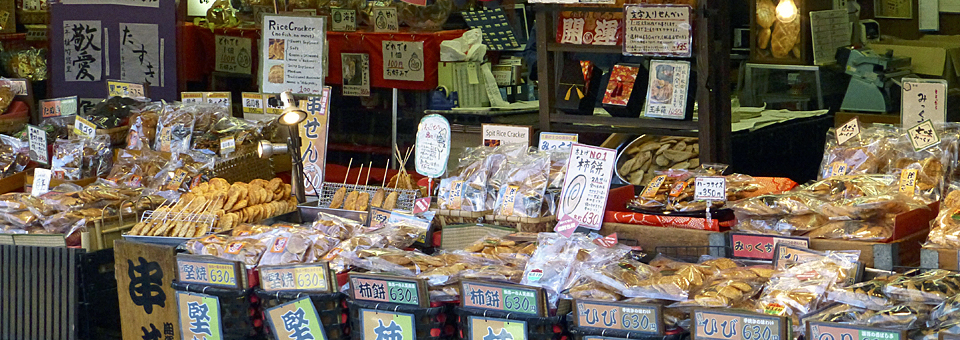
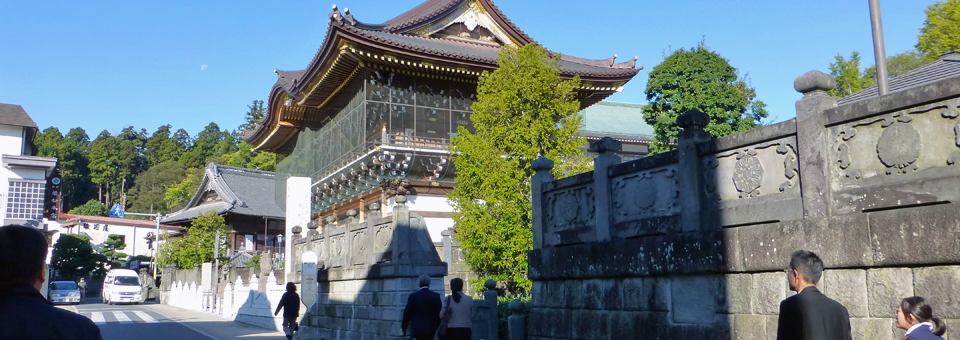
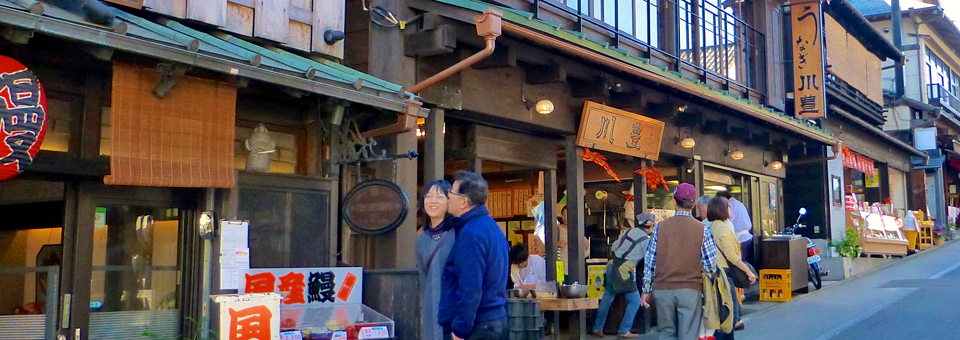
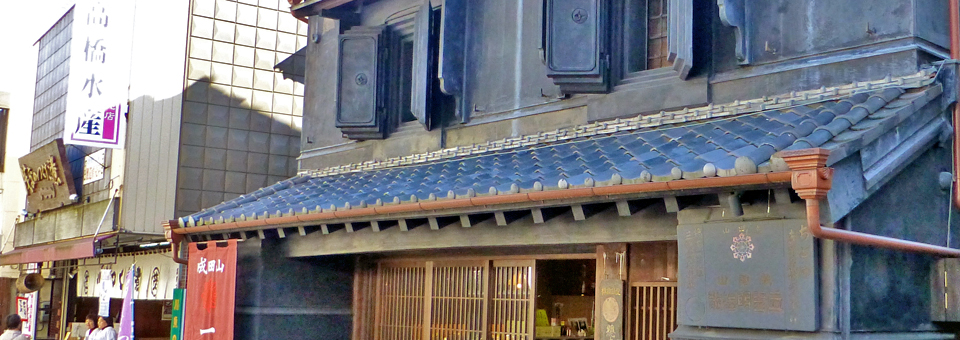
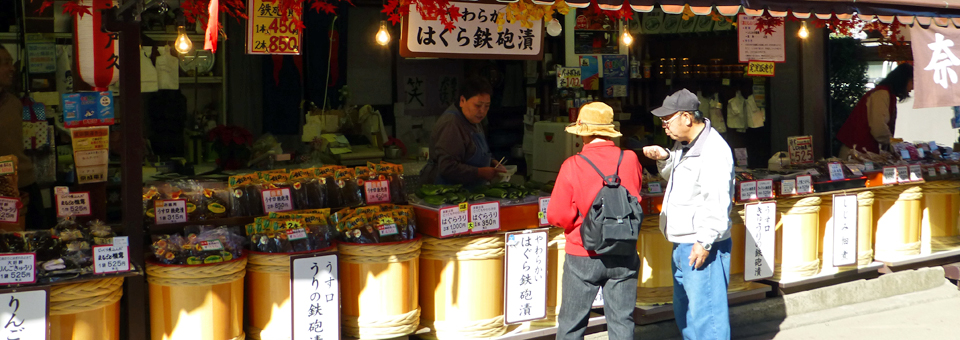

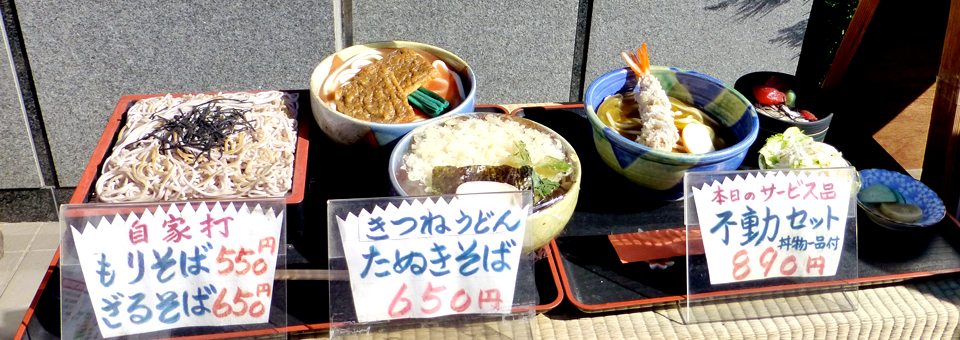
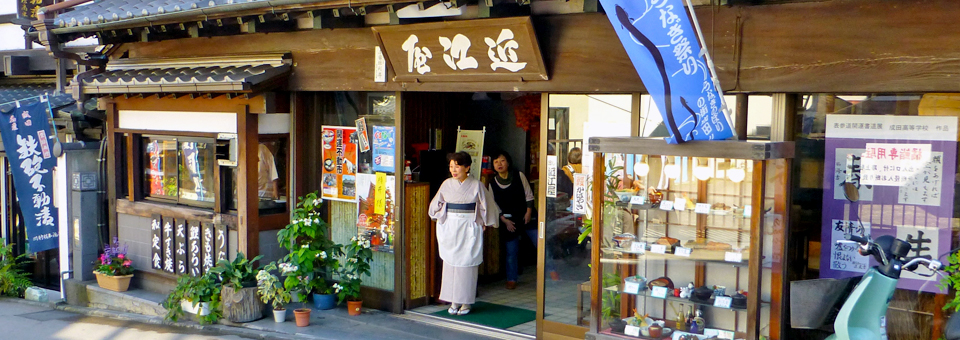
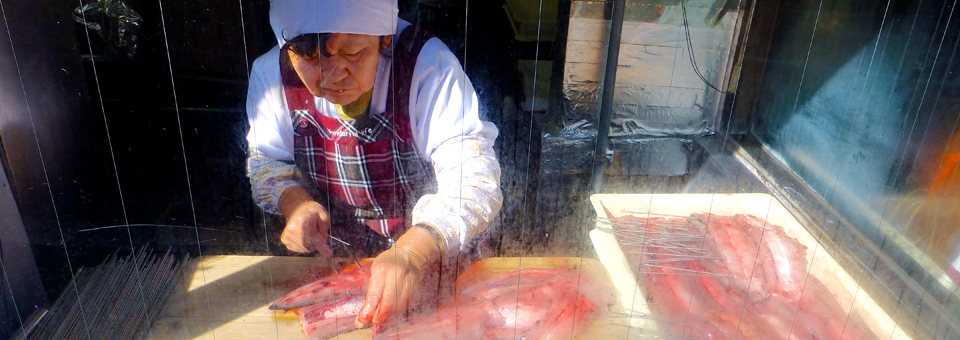
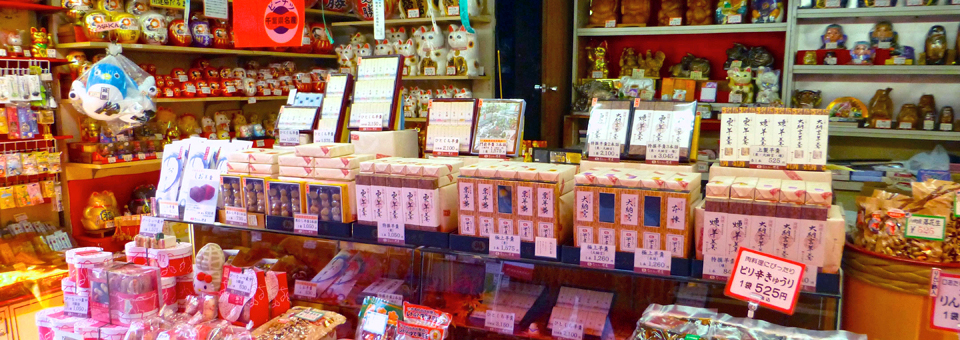
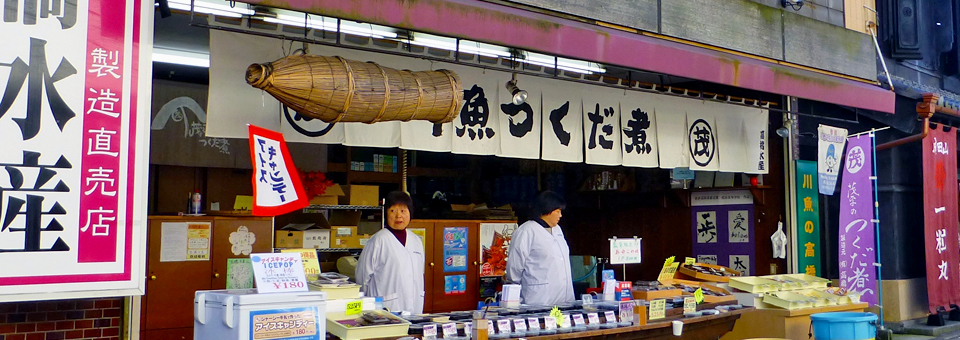
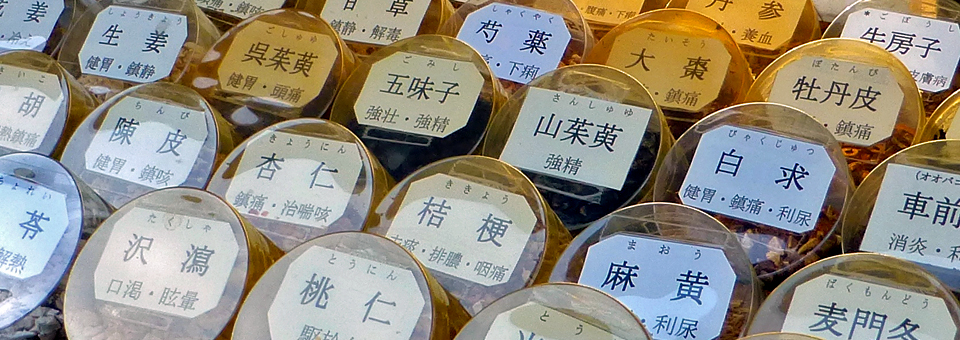
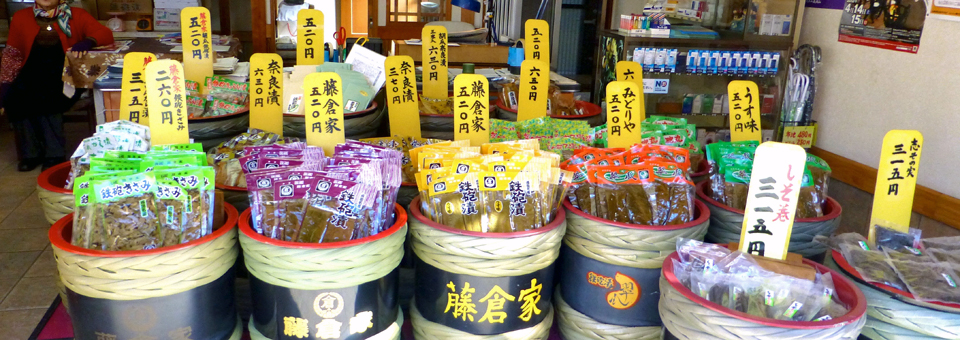

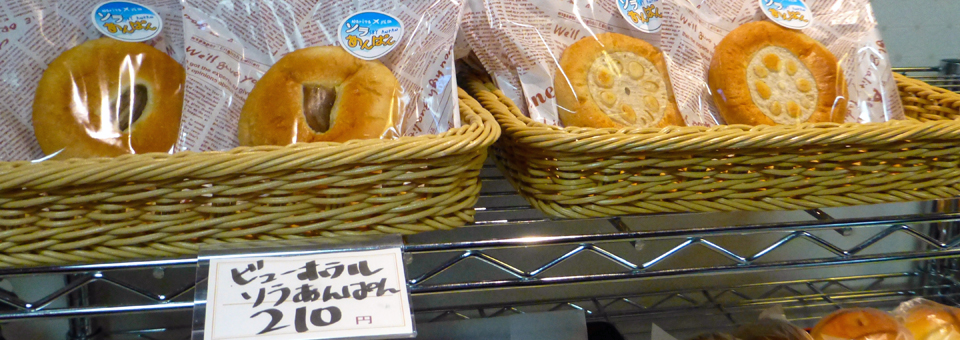
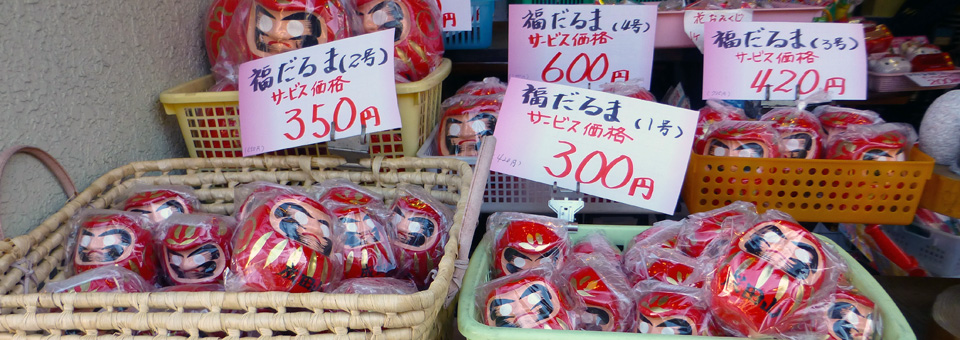
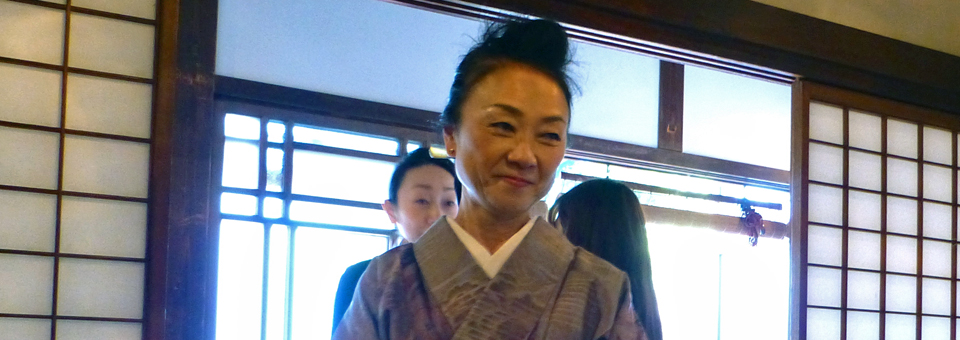
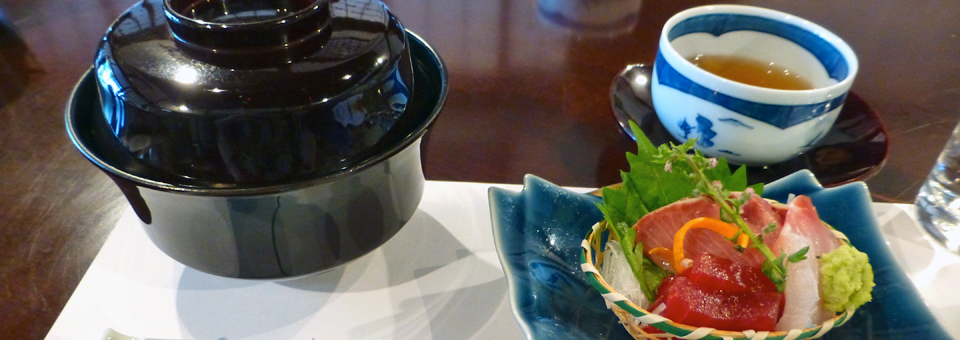
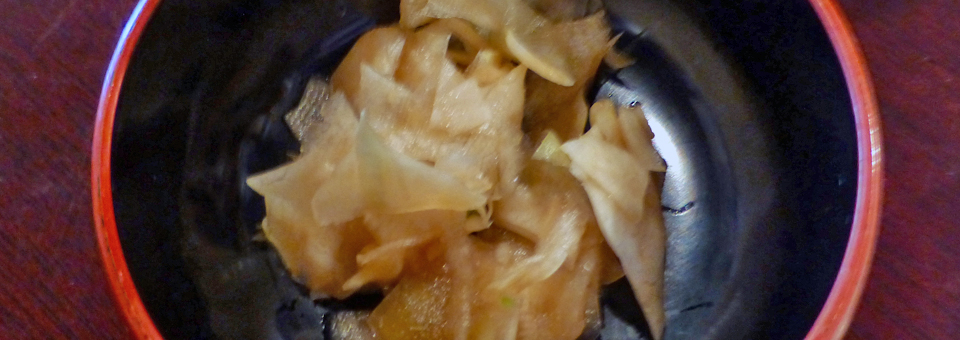
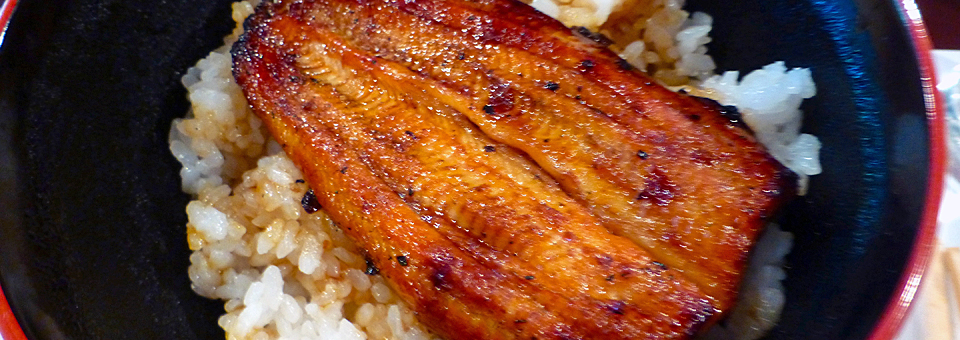
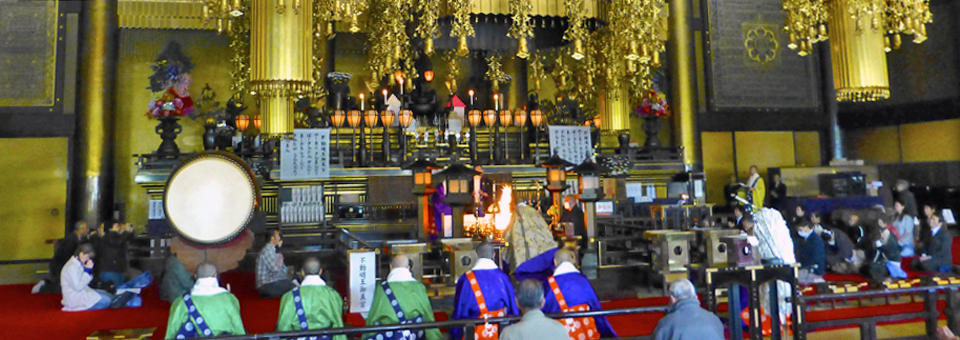
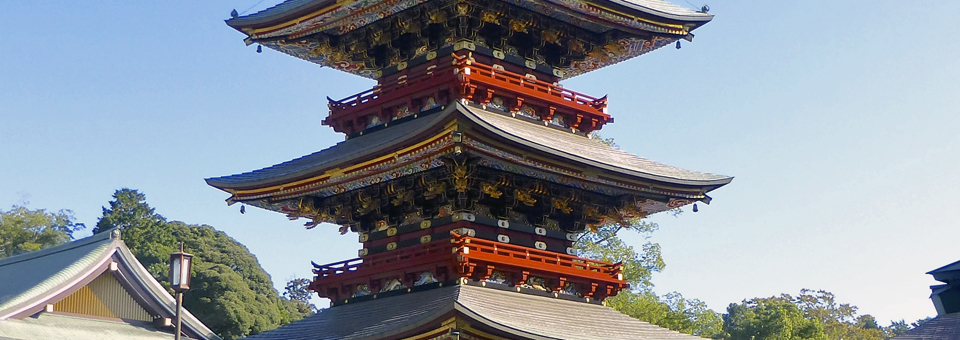
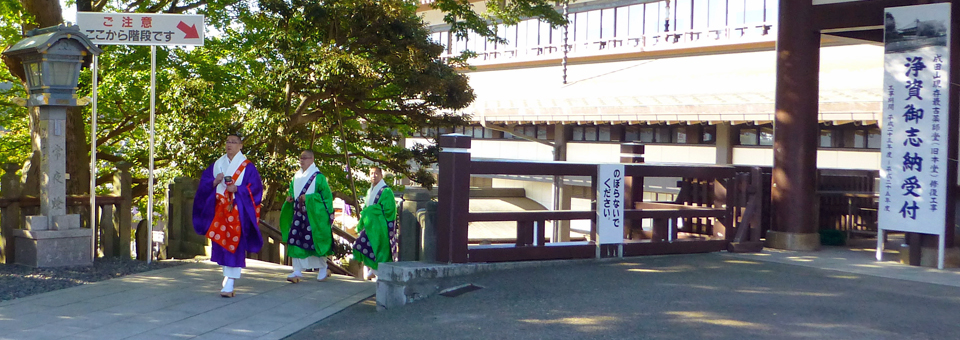
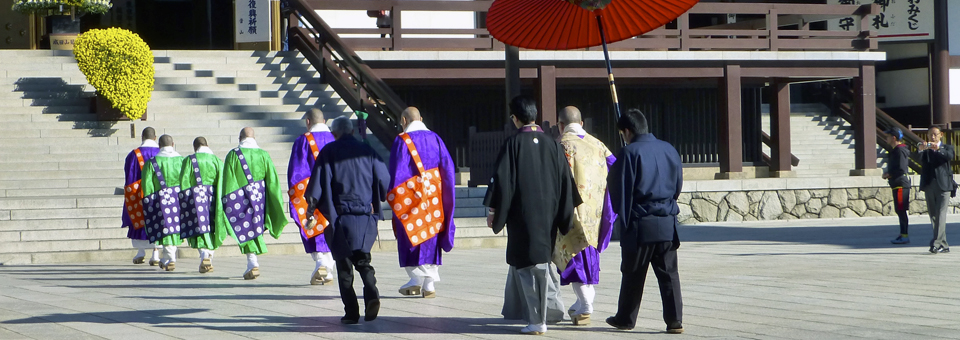
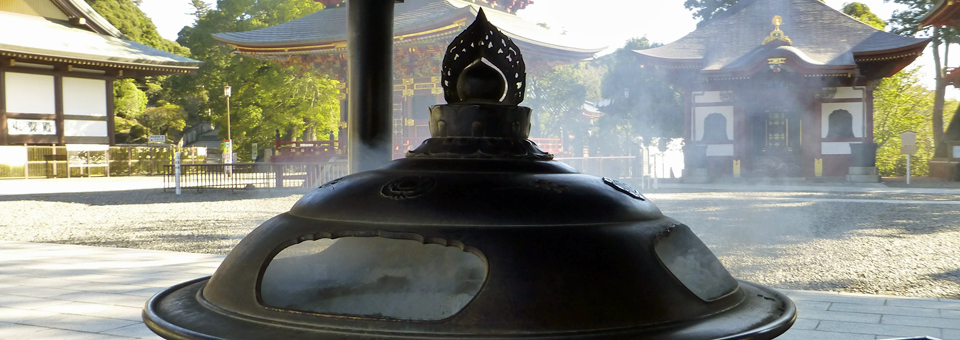
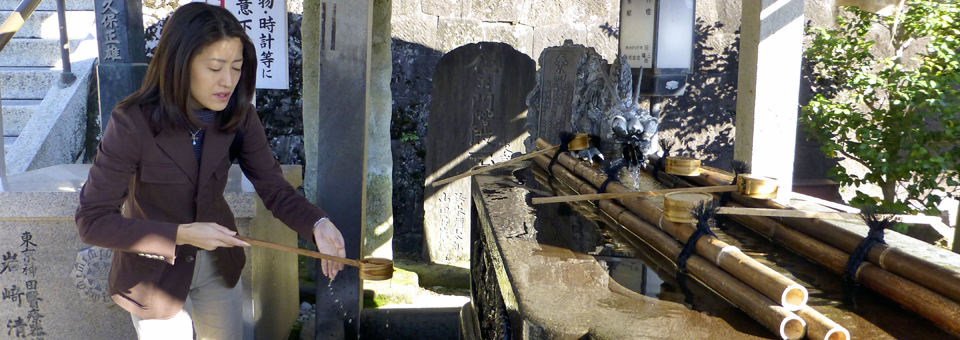
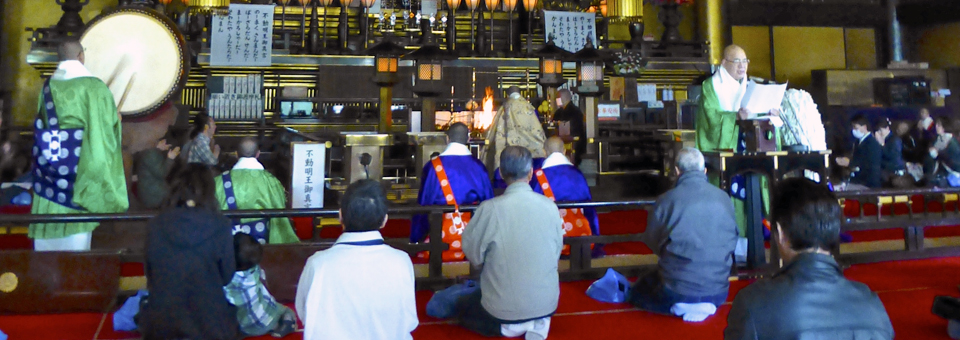
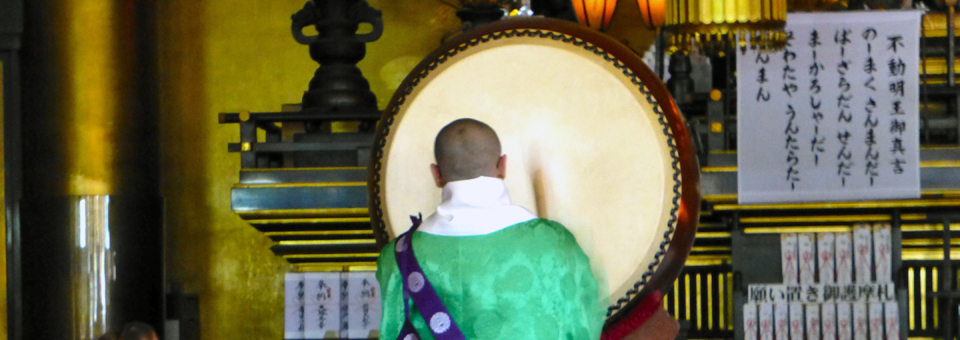
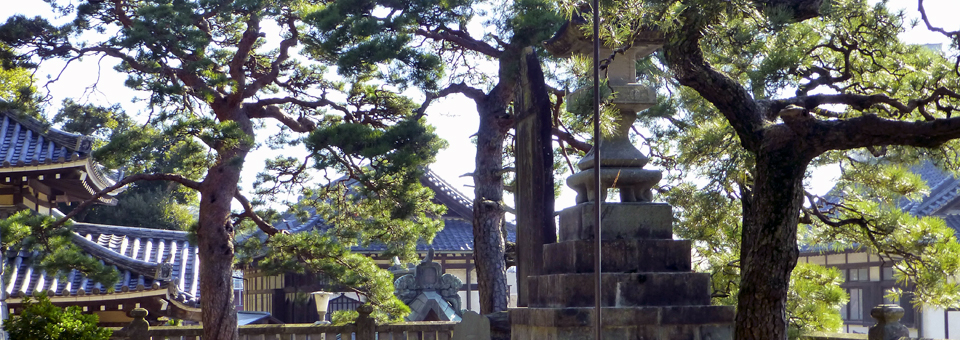

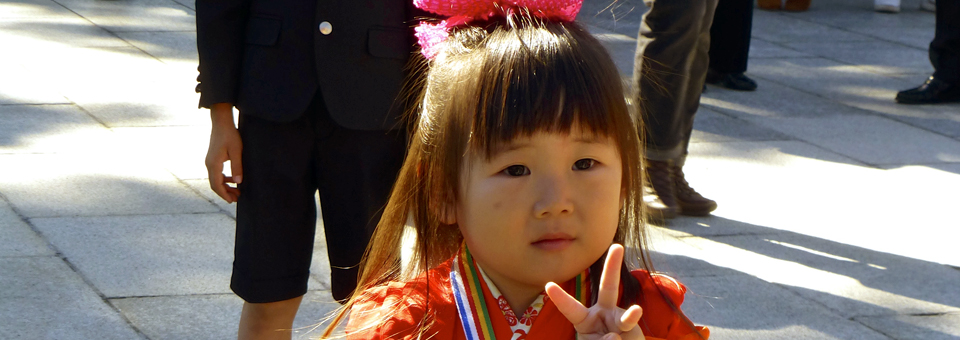
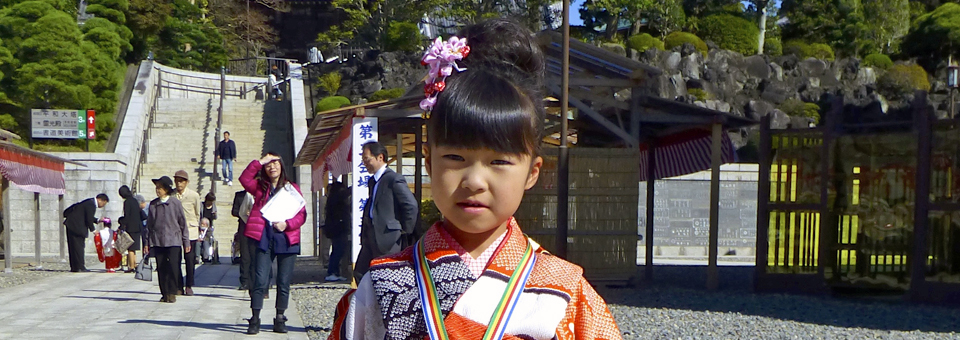
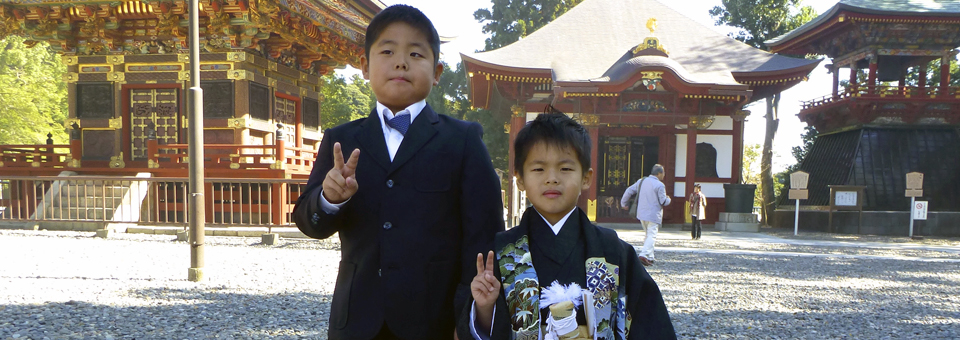

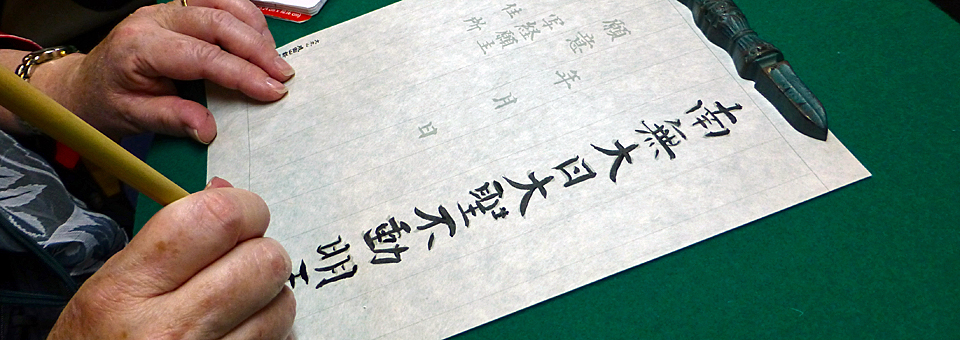

Thank you for such beautiful pictures, and explanation. I’ve learn so much from your photos and write up. Great job !
Your comments are much appreciated.